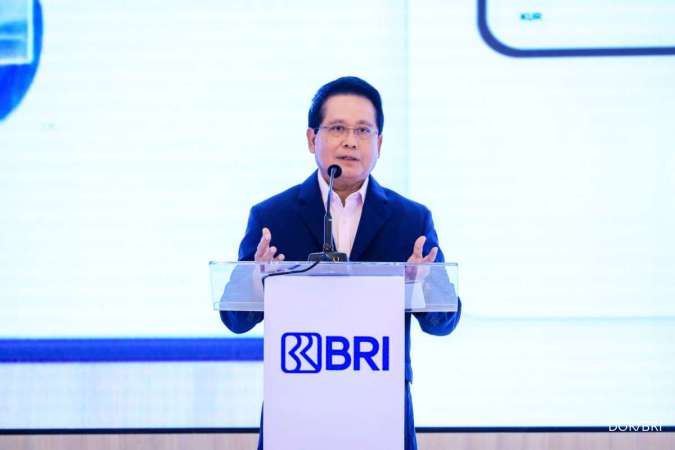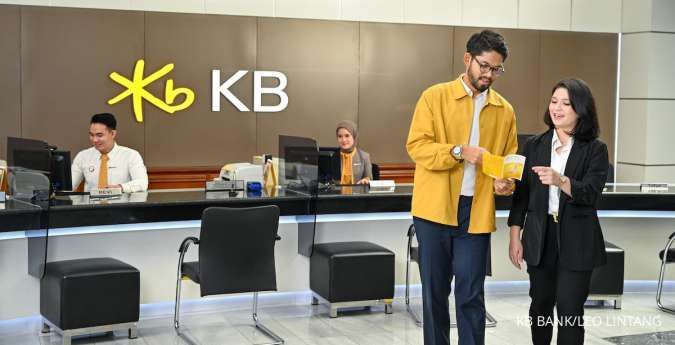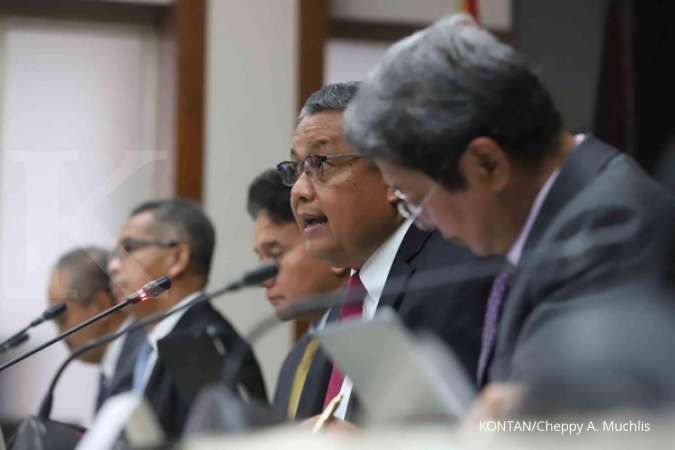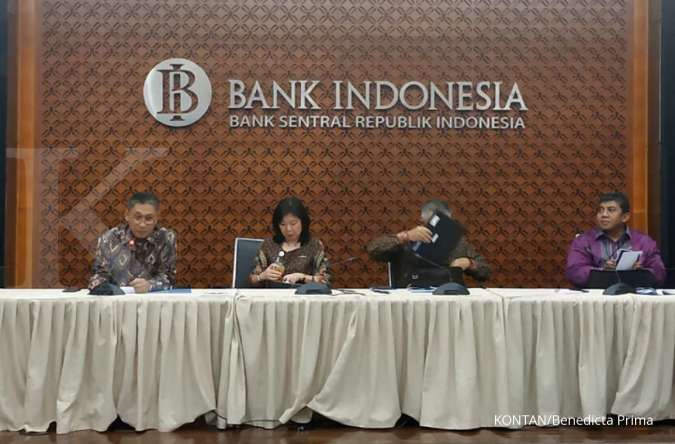KONTAN.CO.ID - JAKARTA. Bank Indonesia (BI) launched on Monday its long-awaited Quick Response Indonesia Standard (QRIS) code system that aims to universalize cashless payment in the country. QRIS, which physically manifests as a more complex QR pattern, allows users from one payment service to transfer funds to any rival service within BI’s ecosystem. A customer using e-wallet service LinkAja, for example, could transfer funds to a shopkeeper using e-wallet OVO given at least one party has a QRIS code.
Bank Indonesia launches national standard QR code
KONTAN.CO.ID - JAKARTA. Bank Indonesia (BI) launched on Monday its long-awaited Quick Response Indonesia Standard (QRIS) code system that aims to universalize cashless payment in the country. QRIS, which physically manifests as a more complex QR pattern, allows users from one payment service to transfer funds to any rival service within BI’s ecosystem. A customer using e-wallet service LinkAja, for example, could transfer funds to a shopkeeper using e-wallet OVO given at least one party has a QRIS code.




